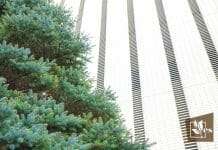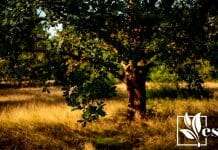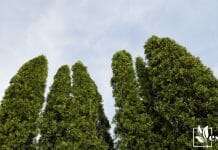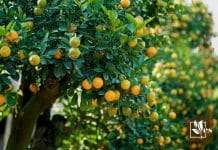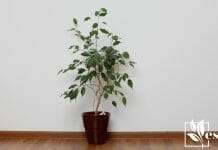- When to Plant Corn in San Diego: Optimal Seasons and Tips - July 19, 2024
- When to Plant Hydrangeas in Illinois: Best Timing for Optimal Growth - July 19, 2024
- Why Are My Radishes Growing Above Ground: Uncovering the Causes - July 19, 2024
Make a tree grow new branches to promote the health and vitality of said tree. New branches transform the shape of a tree and make it look dense while looking aesthetically pleasing.
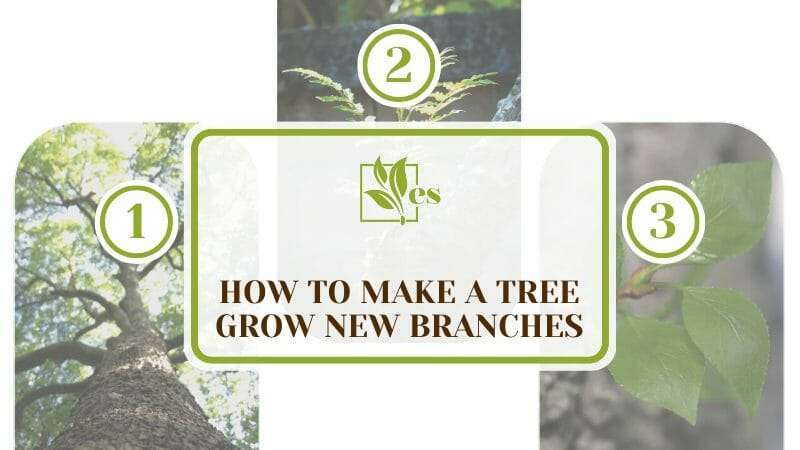
Notching and pruning help a tree grow new branches, but how you do the process will change the results.
Learn our top three secrets to get your tree to shoot out new branches in no time by reading this comprehensive expert guide
JUMP TO TOPIC
How To Make a Tree Grow New Branches
You can make a tree grow new branches by pruning it. The secret is hidden in the timing and the technique of pruning and also in what type of tool you use for it.
The tree grows new branches with leaves when it is healthy and is getting enough plant food to grow. You can see trees grow new branches naturally in the growing season after being in hibernation for a while. You can use fertilizers such as 46-0-0 fertilizer and 0-0-60 fertilizer.
On the other hand, sometimes the tree only has branches on one side and fewer on the other. At other times, one of the branches grows thicker than others and takes away all the needed nutrients from the other parts of the tree. Such situations need attention and pruning to balance the look and weight of the tree.
Experts play around with pruning to shape their trees perfectly. Usually, the shaping begins when the plant is young. The main branches are directed and calculated, while the secondary branches are encouraged through pruning. Let us now unveil the first secret to promote new growth on a tree.
– Choose the Right Tools
Using the right tools for pruning the trees to promote new growth is essential. Here is a list of tools that prune the branches most effectively and are best for encouraging new growth.
– Gardening Scissors
The most common tool used for pruning trees is gardening scissors. They look similar to ordinary scissors, but while they work with the same mechanism, they are made to make a clean cut on hard branches.
Gardening scissors are usually made with a small sharp blade with a plastic handle. It has a good grip and with less pressure can make a swift cut. They should be used on thin stems only, so you can cut flowers, soft branches or thin stems with it smoothly.
They will not be able to cut thick and hard stems and the ycome in many varieties. Longer ones are suitable for cutting in a dense plant and are designed to reach out to the branches in the deeper areas.
– Secateurs
There is a similar tool called the secateurs that look like pruning shears. They are available in different types but have similar use in the garden. These can cut medium-sized thick branches too.
– Loppers
Loppers are designed to cut branches that are up to 2 inches thick. The handles are longer and sturdier, while the blade is strong. There are two types of loppers; anvil and bypass loppers. Bypass loppers are better for general use.
– Pole Pruner
Pole pruners are for hard-to-reach branches that are on dense or tall trees. They extend up to 15 feet and reach distant branches easily.
These usually have both a pruning saw and a bypass blade. The saw can trim branches thicker than 2 inches while the blade can cut through them smoothly.
Quick Note:
- Call a professional gardener to trim your tree branches when there are power lines close by.
- Do not risk climbing a ladder to reach branches that are out of reach.
- Do not try to cut thick branches with basic tools.
– Employ the Right Pruning Techniques for New Growth
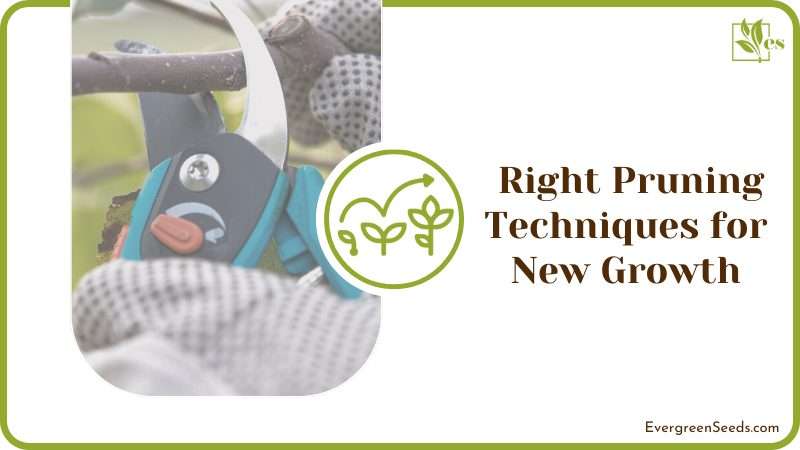
The second secret to promoting new growth in trees is the art of pruning. If you master this technique, your plants will look perfect and feel amazing. Before you pick up those pruning tools, consider the following:
- Is this the growing season of my plants?
- Is my plant healthy and disease-free?
- Are there enough branches on my plant?
Always prune in the growing season when the plants are packed with energy and are sending out new shoots. Healthy plants will respond well to trimming as compared to the weak plants that are struggling or are under stress.
Plants with fewer branches will also turn weak if you remove a lot of their branches, but this may work with some plants that like to be pruned heavily.
– Which Branches Do You Have to Prune?
Crossing and overlapping branches, shoots growing on the stem, root suckers, and double leading branches should be removed by pruning in the growing season.
– Crossing and Overlapping Branches
The crossing branches develop on many trees naturally. In the wild this doesn’t matter much, because there is always competition between species and branches on the same tree to lead one another to find sun and food.
While growing trees in urban spaces, however, we have more control over how they grow. If we know what is best for the species that we are growing, then we can assist it to grow its best.
Pruning overlapping branches helps in making sure that the sun reaches all parts of the tree and that there are no dead branches as a result of being overpowered by others. The crown of the tree will also be perfectly shaped.
– Water Sprouts
Shoots growing on the stem are also called water sprouts. They also take away the energy of the plant and are unnecessary. Prune it to direct all the water and food flow upwards to the crown.
– Root Suckers and Double Leading Branches
Root suckers are the shoots that grow from the roots of the plant, and these also need to be removed.
Double leaders are two or more equal-sized stems growing from the base of the plant. Prune to one main stem in such cases. Remember shrubs may grow differently, and their pruning is mainly on the branch level.
Lower branches of a tree are cut as well to raise the crown. Seasonal pruning also helps trees, vines, and bushes in fruiting.
– How to Prune a Branch
Pruning is best done when the sun is not too harsh and the plant is well-watered. After selecting the most suitable tool for pruning, look at the tree carefully. Think several times before deciding to cut a branch. Here are some tips to remember:
- Smaller branches must be cut in one sharp and clean cut made right where it connects with the stem. This point is called the branch collar.
- Scaffold branches form the basic structure of the crown of a tree. These should be trimmed in a way that they are around 18 inches apart from each other and look equally distributed.
- If there is a branch that is growing parallel to the stem of the tree, it should be pruned.
- The larger branches will be cut in three steps. The weight of the branch will be reduced by cutting 18 inches of longer segments until you reach the base of the branch. This cut needs to be made without tearing the bark.
Remember that even a mature tree will grow new branches if you prune it the right way. You can also encourage the tree to grow fresh branches by pruning the secondary branches on the crown.
– Notch to Encourage Branching

Notching to encourage branching is a technique for promoting new branches on a tree. In notching, a small segment of the bark is carefully removed without damaging the wood of the trunk.
The notch is made between 30-60 inches above the soil surface and can be done to a newly planted tree as well. A tree without branches can benefit from notching, but it is best to allow the new tree to send out a few shoots on its own.
Notching encourages the plant to set out an excess hormone called auxin that promotes new branches and discourages lateral shoots. Lateral shoots are hardest to prune, and we need the plant to focus on growing main branches more than lateral shoots. This is why notching is an excellent way to achieve this goal.
Final note:
No, let the tree heal on its own. Coating the ends of the wound delays the process of healing and leads to tissue decay. The coating is usually done on trees like oak when they can sustain damage from storms. Make sure your tools are disinfected so that the cut doesn’t make the tree ill.


